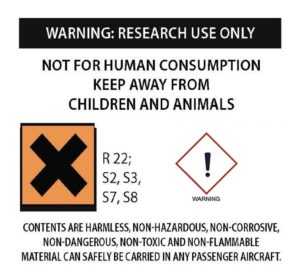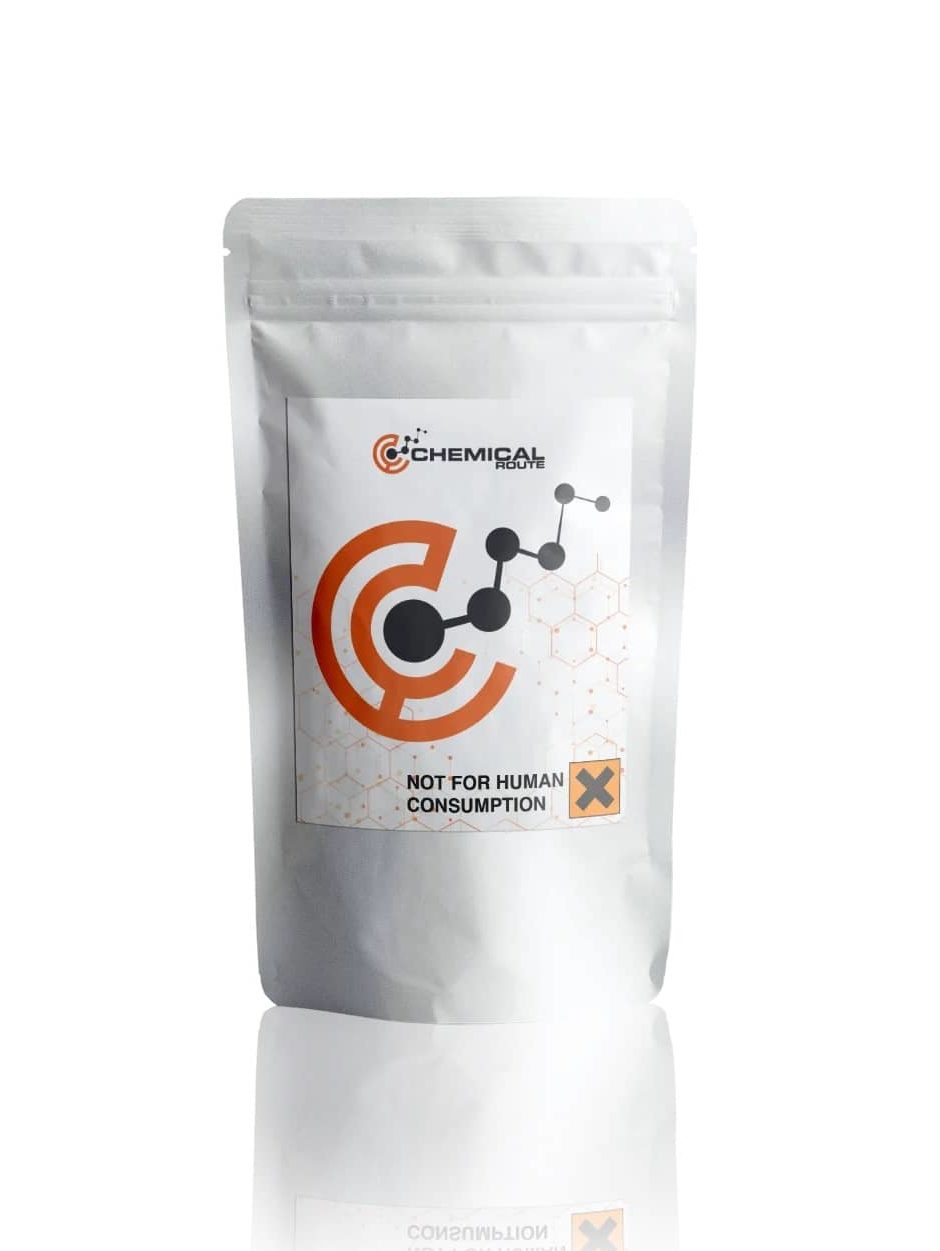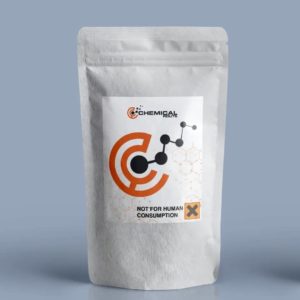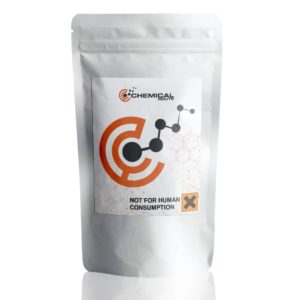Description
3-Methoxyphencyclidine, 3-MeO-PCP
Product information
IUPAC-name 1-[1-(3-methoxyphenyl)cyclohexyl]-piperidine
Synonyms 3-Methoxyphencyclidine, 3-MeO-PCP, 3-MeO Phencyclidine, 3-methoxy PCP
Formal name 1-[1-(3-methoxyphenyl)cyclohexyl]-piperidine
Cas number 72242-03-6, 91164-58-8 (hydrochloride)
Formula C18H27NO, C18H27NO • HCl
Molar Mass 273.420 g·mol−1
Purity 99.0 % min.
Formulations A neat solid, Powder
Solubility
- DMF: 16 mg/ml
- DMSO: 11 mg/ml
- Ethanol: 20 mg/ml
- PBS (pH 7.2): 10 mg/ml
3-Methoxyphencyclidine, 3-MeO-PCP, 3-MeO Phencyclidine, 3-methoxy PCP
Also known as 3-MeO-PCP, this substance is a derivative of the phencyclidine class. It is produced by blocking the receptor of the neuromodulators in the brain. This drug is used in combination with other dissociative substances such as methoxetamine and 3-MeO-PCE.
It was first synthesized in 1979 as part of an investigation on the effects of PCP on humans. Although its activity in humans was not revealed until 1999, it was able to be discussed online in 2009 through a forum known as bluelight.ru. The drug was then sold as research chemicals.
Like other arylcyclohexylmines, it can induce a state of dissociative anesthesia. Although its effects are highly variable, it is commonly taken orally or in nasal form. It can also be injected or smoked. Its negative effects can lead to compulsive re-evaluation. This substance has also been known to produce subtle delusions of sobriety, which can trigger a relapse.
There is currently not enough data on the effects of 3-MeO-PCP on humans and its metabolism. Because of its negative effects, it is strongly advised to avoid using this substance.
Chemistry
3-MeO-PCP is a dissociative of arylcyclohexylamine. It is a synthetic compound that is composed of a six-member saturated ring and two additional rings. One of these is a pyridine ring, which is a nitrogenous six-member ring. The other is an aromatic phenyl ring.
Pharmacology
The 3-MeO-PCP is a non-receptor antagonist of the glutamate receptor, which is a subtype of the brain’s electrical signals. It regulates the transmission of these signals between different parts of the spinal cord and brain.
The effects of dissociatives on the functioning of the NMDA receptors are known to disrupt the neural network’s activity. This can lead to the loss of various cognitive and affective functions.
3-MeO-PCP has a Ki of 20 nM for the receptor known as the NMDA, 42 nM for the sigma-1 receptor, and 2960 nM for the serotonin transporter. It has the highest anisyl-substitutions and binds to the receptor with greater degree than PCP. Like its sister compound PCP, 3-MeO-PCP also has a high affinity for the PCP2 receptor.
It was previously believed that 3-MeO-PCP has the ability to stimulate the activity of the opioid receptor and the dopaminergic receptor. However, current data suggest that it does not have a sufficient affinity for these two receptors. In 2011, 3-MeO-PCP was first synthesized as a research chemical. It was preceded by the less potent 4-MeO-PCP.
The toxicological and physiological properties of this compound has not been analyzed. Usage of this Chemical should be for research and forensic purposes only.
WARNING This product is not for human or veterinary use.

This product is only available to persons of 21 years old and above.
Hazard statement(s)
| H302 | Harmful if swallowed |
| H315 | Causes skin irritation |
| H319 | Causes serious eye irritation |
| H332 | Harmful if inhaled |
| H335 | cause respiratory irritation |
| H336 | cause drowsiness or dizziness |
| Precautionary statement(s) | |
| P264 | Wash hands thoroughly after handling |
| P280 | protective gloves/protective clothing/eye protection/face protection |
| P305 + P351 + P338 | IF IN EYES: Rinse cautiously with for several minutes. Remove contact lenses, if present and easy to do. Continue rinsing. |
| P337 + P313 | If eye irritation persists: Get medical advice/attention |
| P261 | Avoid breathing dust/ fume/ gas/ mist/ vapors/ spray |
| P271 | Use only outdoors or in a well-ventilated area |
| P304 + P340 | IF INHALED: Remove victim to fresh air and keep at rest in a position comfortable for breathing |
| P312 | Call a POISON CENTER or doctor/physician if you feel unwell |
| P403 + P233 | Store in a well-ventilated place. Keep container tightly closed |
| P405 | Store locked up |
| P501 | Dispose of contents/container to a licensed disposal company |




Reviews
There are no reviews yet.